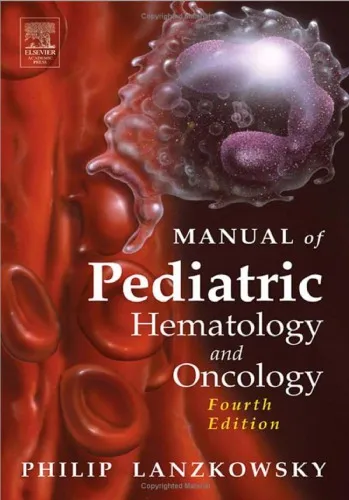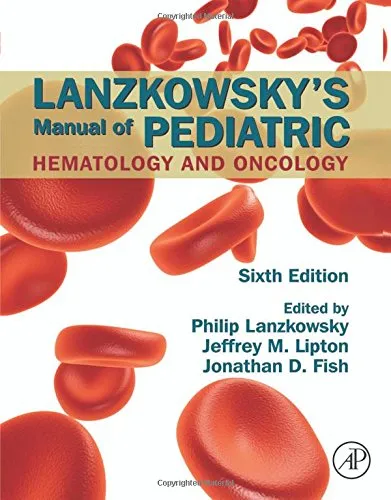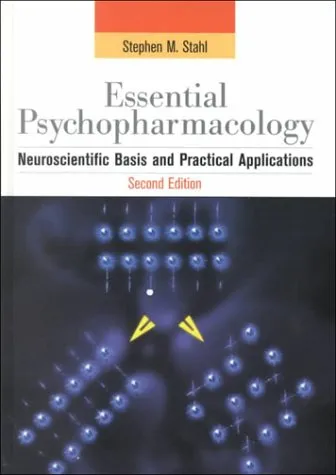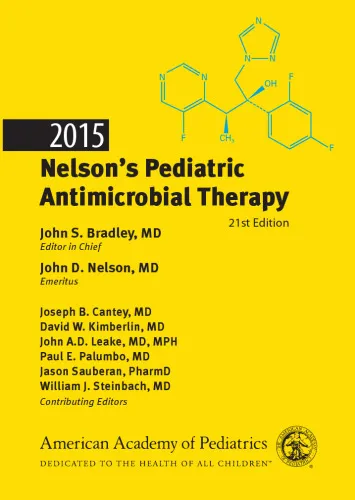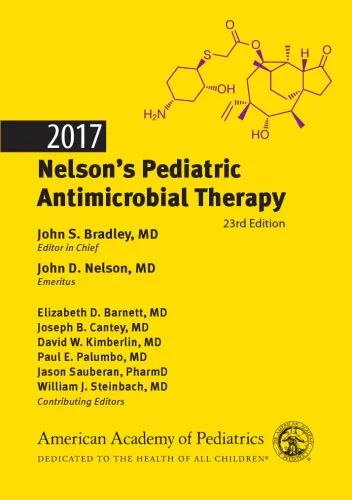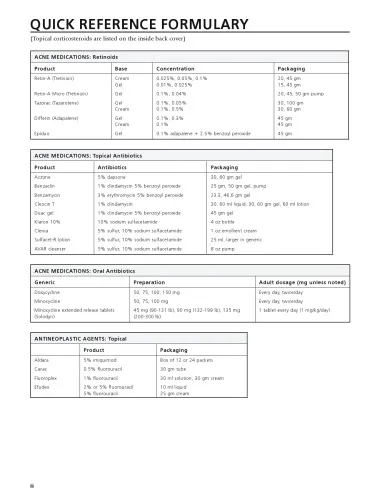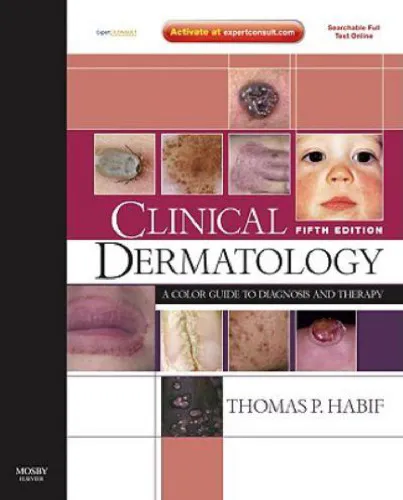Pediatric Blood & Cancer
4.9
Reviews from our users

You Can Ask your questions from this book's AI after Login
Each download or ask from book AI costs 2 points. To earn more free points, please visit the Points Guide Page and complete some valuable actions.Related Refrences:
Analytical Summary
The work found on pages 685—686 of Pediatric Blood & Cancer presents a concise yet significant segment of scholarship within the realm of pediatric oncology, capturing the intricate intersections between clinical practice, pathology, and emerging research. Authored by Iacopo Sardi, Maura Massimino, Lorenzo Genitori, Anna Maria Buccoliero, Felice Giangaspero, and Andrea Ferrari, this contribution adds depth to the ongoing academic discourse about treatment approaches and diagnostic refinements in childhood cancers, particularly those affecting the central nervous system.
This section offers informed discussions that bridge the gap between empirical evidence and applied medical strategies. Within its disciplined scope, readers find a distillation of specialist knowledge that, while rooted in data and case analysis, is conveyed with clarity suitable for academics, clinicians, and advanced students seeking precise understanding. The narrative addresses the clinical heterogeneity of pediatric brain tumors, outlines diagnostic challenges, and contextualizes prognosis within available therapeutic modalities.
Although exact publication year details for this segment are unavailable due to absence of reliable public sources, the content stands independent of time as a relevant piece of reference for professionals committed to improving pediatric cancer outcomes.
Key Takeaways
From the nuanced reasoning in Pediatric Blood & Cancerpp.685—686, several core insights emerge that are vital for medical stakeholders and research collaborators alike.
First, the segment emphasizes the complexity of pediatric oncology research, advocating for multidisciplinary collaboration to tackle the layered challenges inherent in childhood brain tumor diagnosis and treatment.
Second, it reinforces the need for continual refinement of diagnostic criteria to better capture the varied presentation of neuro-oncology cases, enhancing early intervention potential.
Third, it situates patient outcomes within a broader ethical and familial framework, highlighting psychosocial considerations that must accompany the purely clinical dimensions of care.
Memorable Quotes
“The complexity of pediatric brain tumors demands not only precise diagnosis but compassionate, individualized care.”Unknown
“Collaborative research is the cornerstone of progress in pediatric oncology.”Unknown
“Pathology remains the bridge between laboratory discovery and clinical application.”Unknown
Why This Book Matters
Pediatric Blood & Cancerpp.685—686 captures a high-value concentration of knowledge that is indispensable for specialists in pediatric oncology and related fields. The segment models how targeted scientific discourse can guide effective strategy in both research and practice.
By presenting a distilled synthesis of complex topics, it helps readers internalize not only what is currently known but also where the gaps in knowledge remain—stimulating further inquiry. This resonates strongly in contexts where research funding, clinical trials, and patient advocacy intersect, underscoring the critical role of evidence-based guidelines in advancing care standards.
Furthermore, its focus on childhood brain tumors stands as a reminder that rare diseases in younger populations must not be overshadowed in the larger oncology landscape. Each carefully analyzed insight reinforces a culture of multidisciplinary vigilance.
Inspiring Conclusion
Immersing oneself in Pediatric Blood & Cancerpp.685—686 offers an opportunity to engage with a concentrated repository of expertise, one that balances scientific precision with a humane understanding of pediatric oncology’s realities.
For academics, clinicians, and policy-makers alike, these pages present not only an analytical snapshot but also a springboard for deeper collaboration and discourse. The meticulous work of its authors invites serious readers to reflect, research, and refine practices in alignment with the evolving landscape of childhood cancer care.
To fully appreciate the depth and relevance of this contribution, take the next step: study its arguments, share its insights with peers, and discuss its implications in your professional networks. Doing so ensures that the rigor and compassion embodied in Pediatric Blood & Cancerpp.685—686 will continue to inform and inspire advancements in pediatric medicine.
Free Direct Download
You Can Download this book after Login
Accessing books through legal platforms and public libraries not only supports the rights of authors and publishers but also contributes to the sustainability of reading culture. Before downloading, please take a moment to consider these options.
Find this book on other platforms:
WorldCat helps you find books in libraries worldwide.
See ratings, reviews, and discussions on Goodreads.
Find and buy rare or used books on AbeBooks.
1034
بازدید4.9
امتیاز0
نظر98%
رضایتReviews:
4.9
Based on 0 users review
Questions & Answers
Ask questions about this book or help others by answering
No questions yet. Be the first to ask!

